The extinction of the passenger pigeon is one of the most notorious exterminations in modern history.
The sad and shameful extinction of the Passenger Pigeon came about for two reasons; deforestation and aggressive commercial hunting of them without any investment in repopulation and breeding.
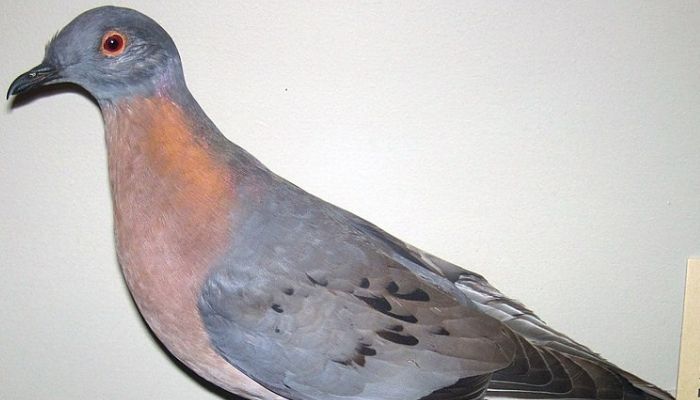
The demise of the passenger pigeon is due to unrestrained human activity. The hunger for arable farmland and cheap meat was the downfall of this beautiful pigeon.
History of the Passenger Pigeon
Most people think that the passenger pigeon was a descendent of pigeons that came across the Atlantic with the European colonists, but relatively recent scientific studies indicate that these birds came to North America from the opposite direction.
It is believed that originally Passenger Pigeons originally came from South East Asia and migrated north into Russia and then east into Canada.
They followed the land bridge between Asia and North America called Beringia. Most people know this area by its umbrella and popular name of the Bering Strait. Another theory is they could have migrated up from South America.
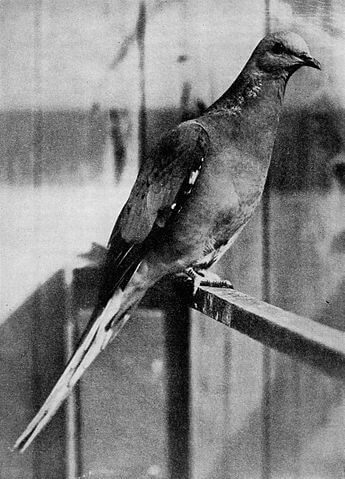
What are now known as passenger pigeons are migratory birds that became native to the southern part of Canada and the Great Lakes, and the northeastern part of America.
Their territory stretched from the Rocky Mountains to the Atlantic coast and as far south to the state of Mississippi.
Passenger pigeons are unique in the fact that scientists have had a hard time connecting their species line back to what is called the Old World beginnings in Europe and previously northern Africa and the Middle East.
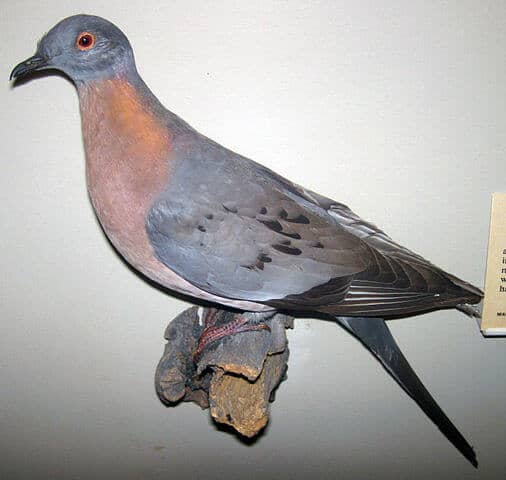
The Native American peoples of the eastern side of the continent lived in harmony with these birds for an estimated 15,000 years before white Europeans showed up. As with any other game, they were hunted for their meat and eggs, but this minimal hunting did nothing to harm their vast numbers.
It is believed that during the times of expanding native populations, the farming methods used actually helped the growth of passenger pigeon flocks.
Passenger Pigeons Habitat
Their natural habitat became the deciduous forests, which just means trees that shed their leaves in autumn and winter, as opposed to the evergreen variety.
These trees provided much of their nutritional needs. Apart from that these vast forests also provided plentiful roosting and nesting places.
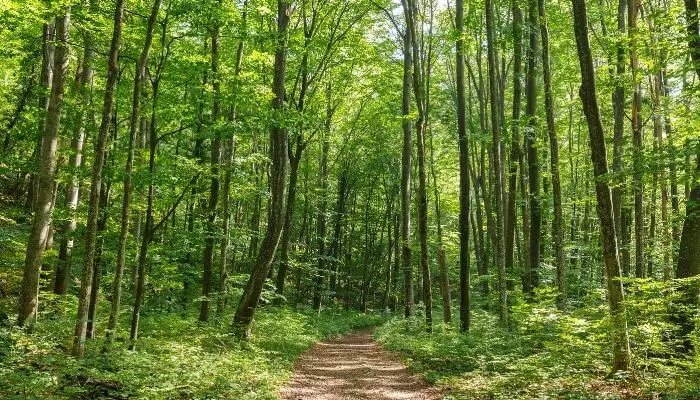
Without the intervention of man and given their prolific breeding cycles, they were able to reproduce in peace, accumulating in massive flocks.
At one time it was estimated that there were 3-5 billion of these birds in the USA.
Deforestation Destroyed Their Natural Habitat
During the 19th century, successive waves of immigration took place from Europe. The majority of these immigrants were poor and mostly rural dwellers. They came to America looking for opportunities and to build better lives.
Huge tracts of land were sold off to these new settlers. The first thing they did was fell the trees to clear the land for cultivation and lumber.
Massive logging took place. These were the forests that the passenger pigeon depended on for food resources. Slowly, the pigeon’s natural habitat was destroyed.
Passenger Pigeons Were Aggressively Hunted
Pigeon meat has been used as a source of food for thousands of years. They have been raised to feed slave and poor populations since antiquity.
They have also been raised in more modern times, historically speaking, as a cheap resource of food that the poor could afford.
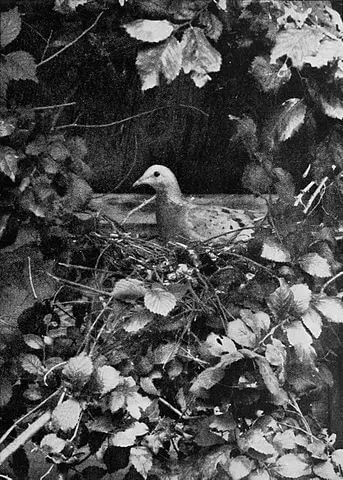
Their rapid reproduction cycles ensured constant production with minimum outlay. A good commercial investment, especially for feeding the urban poor.
Those that lived in the countryside would be used to having pigeon in their diet anyway, like other wild animals that were hunted for food.
What went wrong in the United States was that not only did the settlers see the passenger pigeon as a source of free and easy meat, but those that dealt in pigeon meat commercially saw the opportunity to gain money without the investment in raising them.
In one sense, the survival success of these pigeons was part of their downfall. Their massive and dense flocks, which often darkened the sky when in flight, were easy targets for scatterguns and traps.
The guns couldn’t miss when fired into a flock and extensive netting caught thousands at a time. It was wide-scale massive hunting that these pigeons were subjected to which led to their extinction.
The Results
The passenger pigeon was noted for its sociability, they always flew or gathered together in large numbers.
Sometimes, two or more great flocks merged together in flight while migrating in search of more food resources and provided wonderful opportunities for human hunters.
Between 1800 and 1870, a slow decline of the passenger pigeon flocks took place, but the 1870-1890 period saw a rapid decline until they were wiped out as a species.
Loss of habitat due to rapid deforestation, combined with relentless hunting reduced the number of breeding pairs to such a point that these pigeons couldn’t replenish their numbers and consequently, died out.
It is believed that the mourning dove may well descend from the Passenger pigeon.
A Sad End To The Passenger Pigeon
This was a shameful episode in mankind’s history, but unfortunately not the only extinction to take place because of man’s greed and egotism.
Hopefully, we have learned a lesson and no other species will be wiped out because of man’s thoughtlessness, whether pigeons or any other wild animals.
